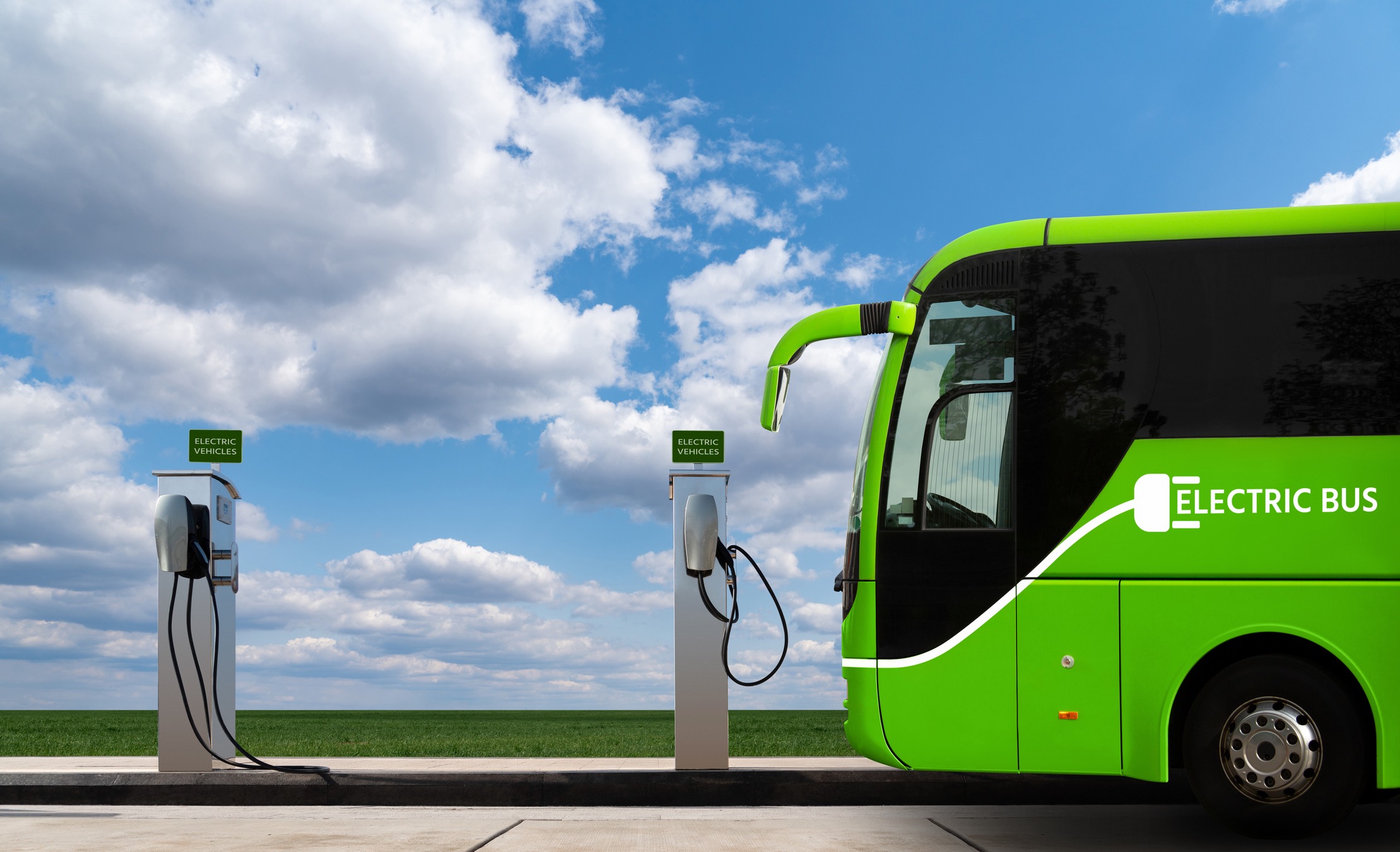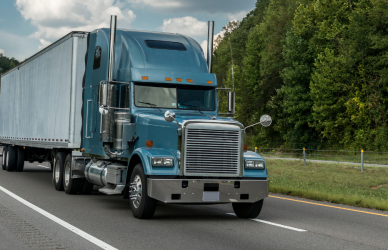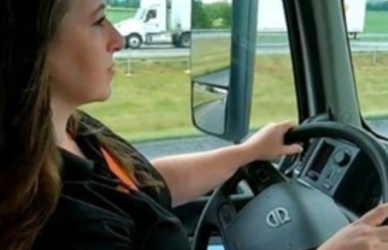An aim of the Biden administration is to speed up a countrywide transition to electric, or zero-emission, vehicles to relieve air pollution. To further the efforts of this goal, a $1 billion grant is being awarded to approximately 400 school districts across the United States and its territories. It is expected that the introduction of zero-emission school buses will reduce air pollution near schools and their surrounding communities.
The grant was announced on Oct. 26 in Seattle by Vice President Kamala Harris and Michael Regan, the Environmental Protection Agency’s administrator. Not only will the buses keep the country’s air cleaner, but they will also save money and contribute to better health for children. And they’ll still look like a classic school bus, adding to their allure.
“Who doesn’t love a yellow school bus?” Harris said. “It’s part of our experience growing up. It’s part of a nostalgia and a memory of the excitement and joy of going to school — to be with your favorite teacher, to be with your best friends and to learn. The school bus takes us there.”
Updating the classic school bus to a cleaner option protects the nearly 25 million schoolchildren who ride on a bus each day from further air pollution.
“We are witnessing around our country and around the world the effects of extreme climate,” she said. “What we’re announcing today is a step forward in our nation’s commitment to reduce greenhouse gases, to invest in our economy … to invest in building the skills of America’s workforce. All with the goal of not only saving our children, but for them, saving our planet.’’
The bipartisan infrastructure law, under the federal Clean School Bus Program, was signed into law by President Joe Biden in 2021; it included a grant of $5 billion of which is funding the purchasing of electric school buses. The movement to purchase zero-emission buses, “is accelerating our nation’s transition to electric and low-emission school buses while ensuring a brighter, healthier future for our children,” Regan said.
He went on to speak to how this is a first step to, “… reduce climate pollution and ensure the clean, breathable air that all our children deserve.”
Highly concentrated low-income areas as well as rural and tribal geographical regions make up 99% of the areas that were selected to be a priority area for the updated school buses. The EPA still has $965 million to award and is currently reviewing applications.
The decision follows years of environmental and public health groups advocating for a replacement of diesel-powered school buses. Molly Rauch, public health policy direction for Moms Clean Air Force, spoke to the success.
“It doesn’t make sense to send our kids to school on buses that create brain-harming, lung-harming, cancer-causing, climate-harming pollution,’’ she said. “Our kids, our bus drivers and our communities deserve better.’’











